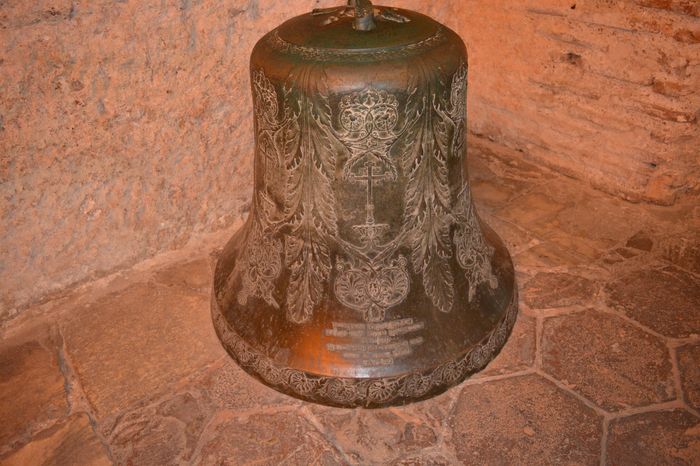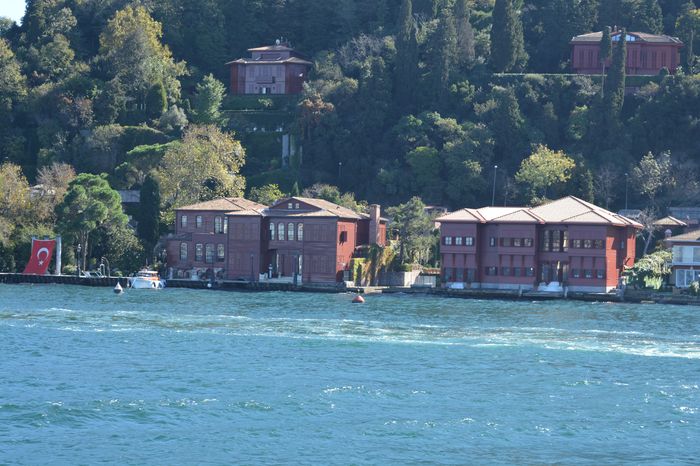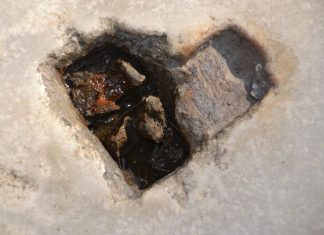Turkey, a land steeped in history and natural beauty, is also home to a remarkable array of gemstones. These precious stones, formed over millennia through geological processes, are not only of aesthetic value but also hold cultural and economic significance. This article delves into some of Turkey’s most notable gemstones: diaspore, fire opal, blue chalcedony, and amethyst.
Diaspore the Color-Changing Gem
Diaspore, a rare gemstone found in Turkey’s Muğla Province, is renowned for its ability to change color under different lighting conditions. This phenomenon, known as the “Zultanite effect,” makes it a prized possession among gem enthusiasts. The Muğla-Milas-Pınarcık region is particularly noted for its commercial quantities of gem-quality diaspore. The mines here, once primarily extracting aluminum ore, have yielded crystals that are now sought after for their unique optical properties. These diaspore crystals, often found in fracture zones within marbles and metamorphosed bauxite, exhibit a range of colors from olive-green to pink, depending on the light source. Due to tectonic activities from the Oligocene to Miocene epochs, many of these crystals are slightly distorted, adding to their character and appeal Sightseeing Ephesus.
Fire Opal A Fiery Treasure
The Kütahya-Saphane-Karamanca region in Turkey is famed for its deposits of fire opal, a gemstone that captivates with its vibrant hues. These opals, filling vesicles in rhyolite, display a spectrum of colors including red, orange, yellow, and colorless. Historically, the Lydians are believed to have mined opal in this region, with the Genoese continuing the practice around 550 years ago. Commercial mining resumed in the 1850s, with German companies extracting fire opal during World War I. Despite periods of inactivity, local miners still recover fire opal from the remnants of past mining activities, although much of it is often misidentified as Mexican opal.
Blue Chalcedony The Blue Gem of Eskişehir
Eskişehir’s Mayıslar-Sarıcakaya region is renowned for its blue chalcedony deposits, which have been mined since ancient times. These sedimentary nodules, found in brecciated sandstone-arkose formations, typically feature a blue core encased in a brownish-yellow or ivory crust. The nodules, ranging from 5 to 70 cm in diameter, are prized for their compactness and durability, making them ideal for gemstone carvings and cut stones. The Sirri Gerçin Chalcedony Mining Company currently operates a mine in this region, continuing the long-standing tradition of blue chalcedony extraction Fire Opal in Kütahya Province Turkey.
Amethyst The Violet Gem of Balıkesir
Balıkesir’s Dursunbey-Gücü region hosts an operating amethyst mine, producing single crystals ranging from 2 to 12 mm in size. Local miners had been extracting amethyst specimens since the 1960s, and professional commercial mining began in 2003. The amethyst occurs as druses of crystals on a thin matrix of host rock, which are then broken into single crystals for use as gem rough. These amethyst crystals are valued for their vibrant violet hues and clarity, contributing to Turkey’s growing reputation in the global gemstone market.
Turkey’s diverse geological landscape has bestowed upon it a wealth of gemstones, each with unique characteristics and histories. From the color-changing diaspore of Muğla to the vibrant fire opal of Kütahya, the serene blue chalcedony of Eskişehir, and the rich amethyst of Balıkesir, Turkey’s gemstones are a testament to the country’s natural beauty and cultural heritage. As these resources continue to be explored and appreciated, they not only enhance Turkey’s gemological prestige but also offer a glimpse into the Earth’s intricate and awe-inspiring processes.







